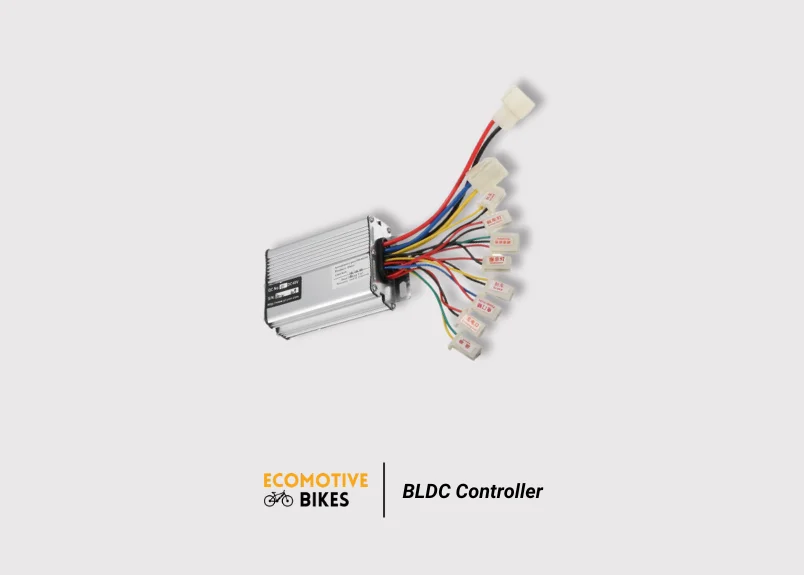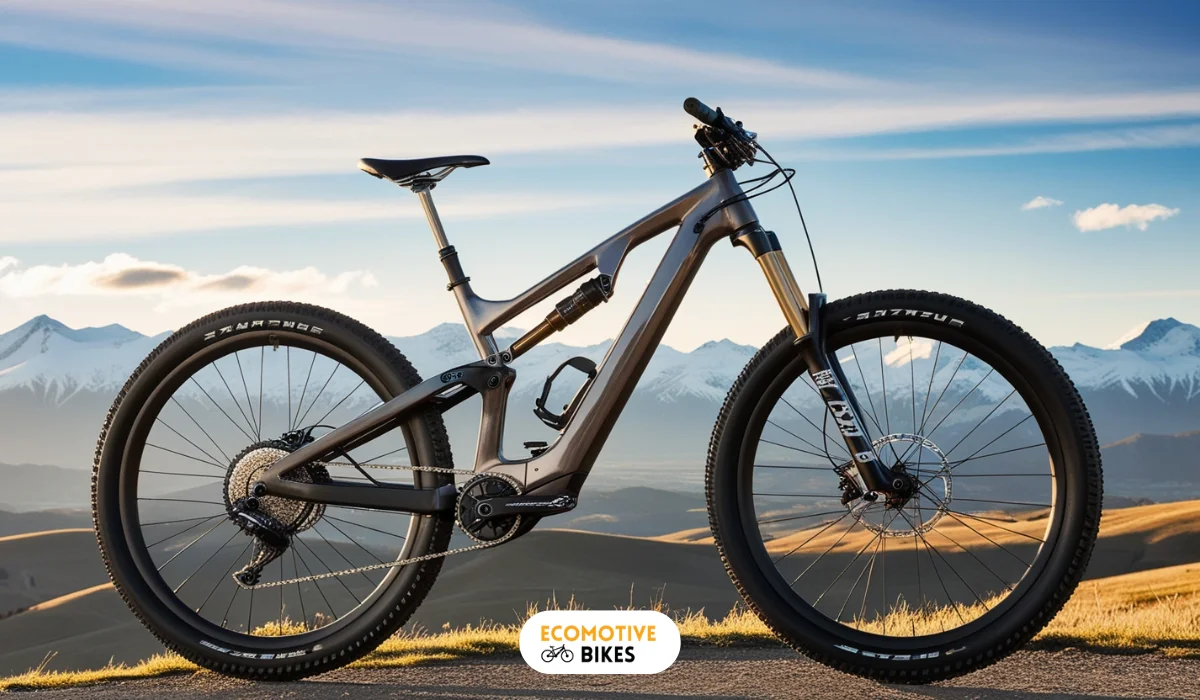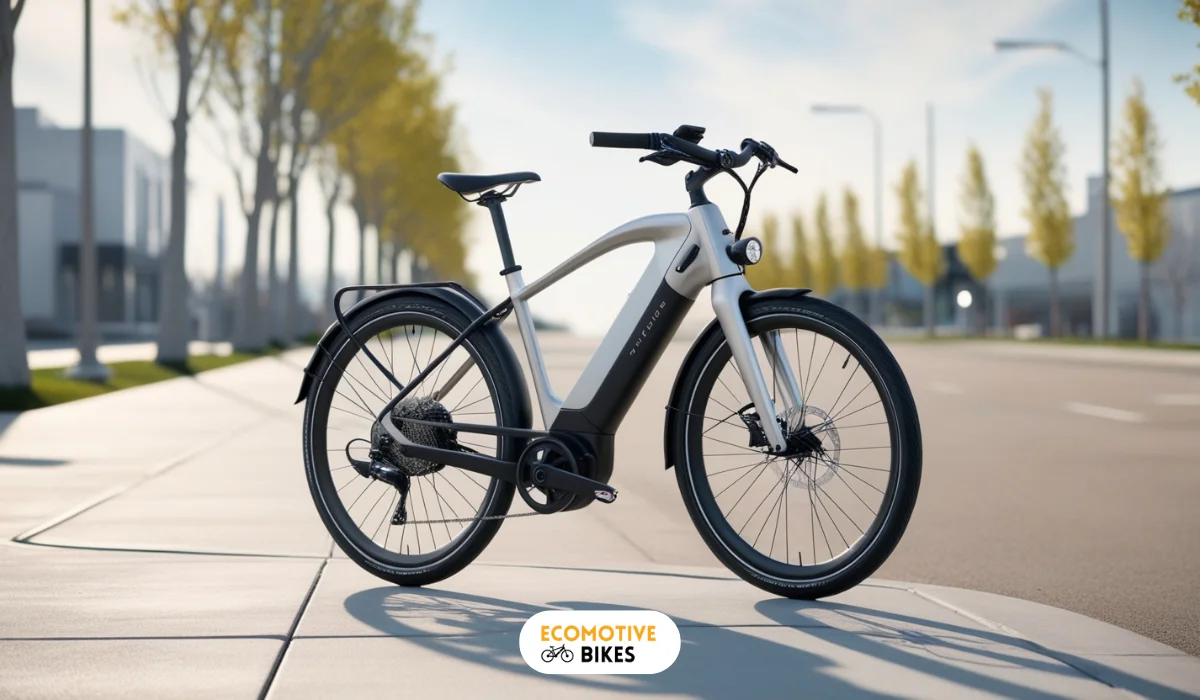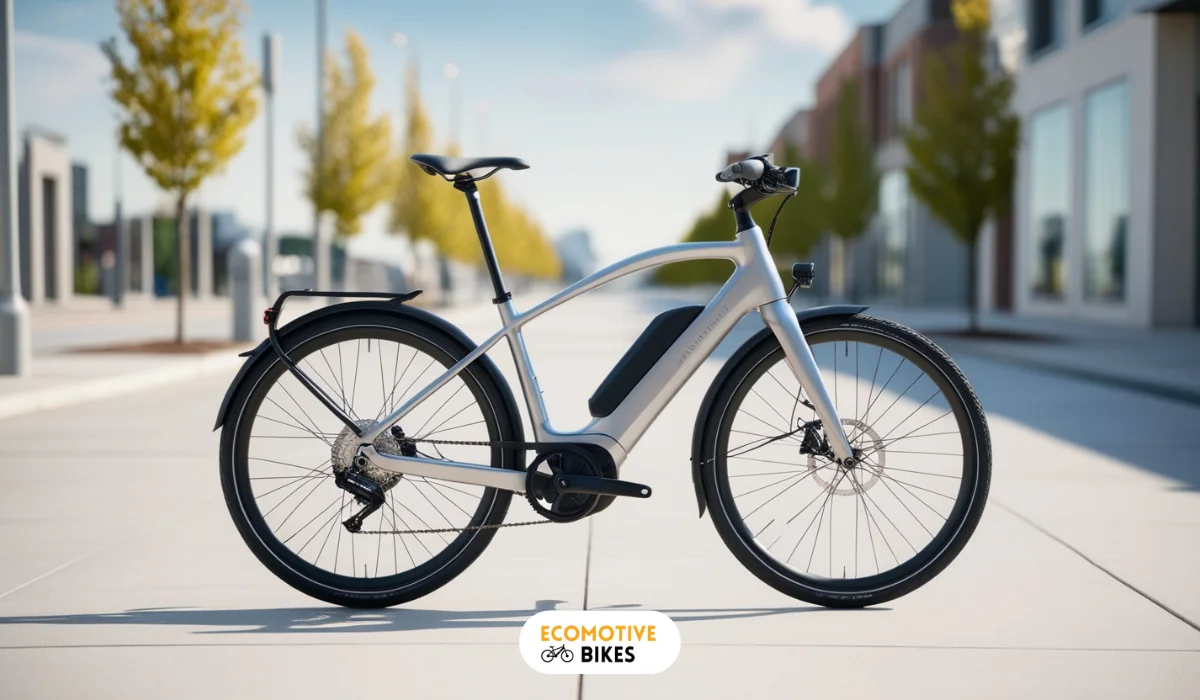How does an e-bike controller work?
Learn how does an e-bike controller work and understand its role in managing power delivery from the battery to the motor, ensuring smooth and efficient rides.
Table of Contents
Related Articles:
Have you ever wondered what the magic is behind that smooth electric boost on your e-bike? It’s all thanks to the e-bike controller, the unsung hero working tirelessly behind the scenes. But how does an e-bike controller work?
This post will take you on a journey inside this mysterious box, explaining how it translates your pedal strokes and throttle twists into electric propulsion. We’ll crack open the code on how it manages power, interacts with the motor, and keeps your ride safe. Get ready to unlock the secrets of your e-bike’s brain!
What is an e-bike controller and what is its purpose?
An e-bike controller is a device that regulates the power flow from the battery to the motor, controlling the speed and overall performance of the electric bicycle. Its primary purpose is to manage the energy output and ensure a smooth and efficient ride for the user.
Importance in e-bike operation
The e-bike controller plays a crucial role in the overall functioning of an electric bicycle. It determines the speed settings, assists in maintaining battery efficiency, and provides a seamless riding experience. Without a properly functioning controller, the e-bike may not operate optimally or may even stop working altogether.
This makes the e-bike controller a vital component in the operation of an electric bicycle, influencing everything from acceleration and speed control to battery management and overall performance. Riders rely on the controller to deliver a safe, reliable, and enjoyable riding experience whenever they hop on their e-bike.

What are the types of e-bike controllers?
While e-bike controllers fundamentally serve the same purpose of regulating the flow of electricity in an electric bike, there are different types based on the type of motor they control. Knowing the distinctions between these controllers can help riders make informed decisions when selecting or upgrading their e-bike systems.
| Brushed motor controllers | Brushless motor controllers |
| This type of controller works with traditional brushed motors and is known for its simplicity and cost-effectiveness. | If your e-bike has a brushless motor, you will need a brushless motor controller. These controllers are more efficient and durable compared to brushed motor controllers. |
1. Brushed motor controllers
A brushed motor controller is necessary if you have an e-bike with a traditional brushed motor. These controllers are straightforward in design and operation, making them a popular choice for entry-level or budget-friendly electric bike setups.
2. Brushless motor controllers
Controllers designed for brushless motors are more complex due to the nature of brushless motor technology. This type of controller is necessary for e-bikes with brushless motors, offering better efficiency and longer lifespan for the motor.
3. Hybrid controllers
While less common, hybrid controllers are available to accommodate e-bikes that may have a combination of brushed and brushless motor components. These controllers can automatically detect the motor type and adjust the output for optimal performance.

Comparison of different types of ebike controllers
While brushed motor controllers are simpler and cost-effective, brushless motor controllers offer higher efficiency and durability. Hybrid controllers provide flexibility for bikes with different motor types. Assume that your choice of controller should match the motor type on your e-bike for optimal performance.
| Brushed motor controllers | Brushless motor controllers |
| Simpler design and cost-effective Compatible with traditional brushed motors | Higher efficiency and durability Designed for brushless motors |
| Hybrid controllers | |
| Can accommodate both brushed and brushless motor components |
What are the functions of an e-bike controller?
Power management
For efficient operation, the e-bike controller manages power distribution from the battery to the motor, ensuring optimal performance and longevity.
Speed regulation
Assuming the role of a speed regulator, the e-bike controller controls the motor output to maintain a consistent speed as per the rider’s preference.
Speed regulation is crucial for providing a smooth and comfortable riding experience, especially when navigating varying terrains or traffic conditions.
Battery protection
Protection of the battery is a key function of the e-bike controller, preventing overcharging, and deep discharging, and ensuring the longevity of the battery pack.
To safeguard the battery’s health and optimize its lifespan, the controller monitors and regulates the power flow efficiently.
Motor control
Power regulation to the motor is managed by the e-bike controller, ensuring smooth acceleration and deceleration as per the rider’s input and riding conditions.
Motor control is crucial for maintaining control and efficiency in different riding situations, enhancing the overall riding experience.
Throttle and brake integration
One of the functions of the e-bike controller is to seamlessly integrate the throttle and brake signals, providing a responsive and intuitive riding experience.
Motor response to throttle input and instant braking action enhances safety and control on the e-bike, making the ride more enjoyable and secure for the rider.

How does an e-bike controller work?
The principle is simple:
The motor controller consists of a processor that receives signals from the battery, motor speed sensor, or brake sensor and produces an output signal to set the motor running at a specific speed. The hall sensors on the circuit board of the controller are responsible for monitoring and controlling the motor speed.
What does the microprocessor do?
A microprocessor is similar to a computer running firmware. It sends weak signals to the FETs network, which in turn controls and drives the motor. Typically, the processor forces the FETs to switch on and off quickly by using a high-frequency signal, which regulates the speed of the motor. The processor or microchips can also control the timing of power delivery for the motor, which is essential for the operation of a brushless DC motor.
How does an e-bike motor controller work?
Electric Motor Control
The e-bike controller regulates the flow of electricity from the battery to the motor, controlling the power sent to the motor based on the rider’s input through the pedals or throttle.
Battery Management
The e-bike controller monitors the battery’s health, temperature, and charging status to ensure safe charging and discharging, prolonging the battery’s lifespan and preventing overcharging or overheating.
Power Flow Management
Electric bike controllers manage the power flow from the battery to the motor, ensuring efficient performance and monitoring metrics such as voltage and current to protect the battery and enhance system reliability.
User Interface and Display
The e-bike controller allows riders to see important information such as speed, battery level, assist mode, and enables them to adjust settings or modes on the bike. It can also offer additional features like Bluetooth connectivity for smartphone integration or GPS navigation, enhancing the overall riding experience and functionality of the e-bike.
Final Words: How does an e-bike controller work?
Conclusively, an e-bike controller is a crucial component that regulates the flow of electricity from the battery to the motor, allowing riders to control the speed and power of their electric bikes. By interpreting input signals, the controller adjusts the motor’s output accordingly, providing a smooth and efficient riding experience. Understanding how e-bike controllers work can help riders optimize their electric bike’s performance and efficiency.





